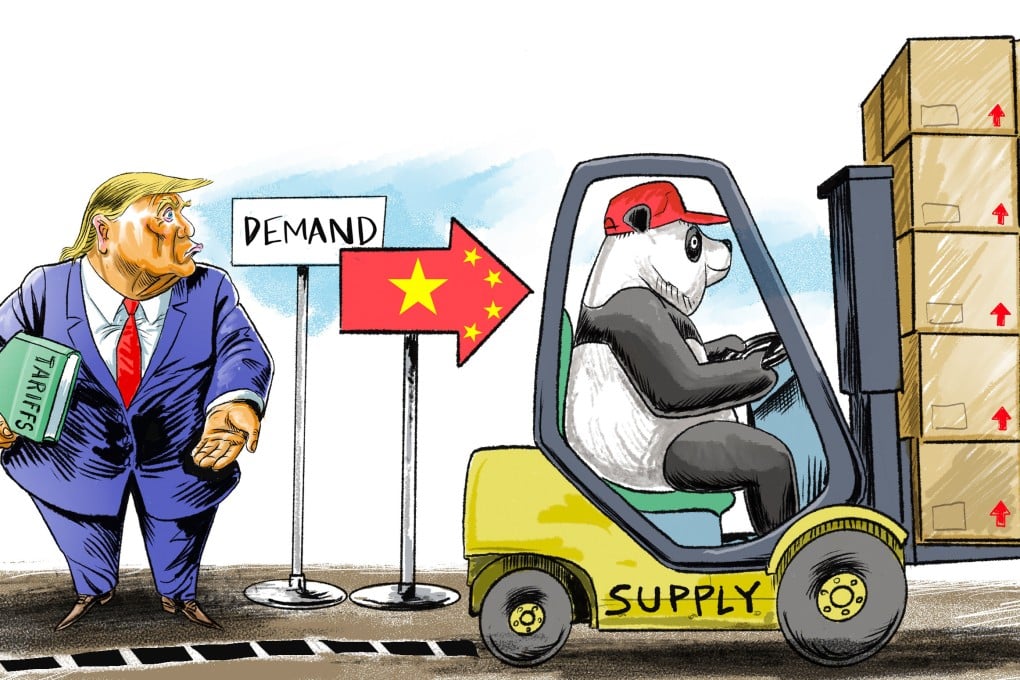Opinion | Trump’s tariff obsession is no match for China’s growth model
While tariffs raise costs and disrupt trade, China’s approach fosters internal economic resilience and positions it as a leader in sustainable growth

For American families, this meant higher prices on electronics, furniture and clothing. According to the Peterson Institute for International Economics, Trump’s latest tariff proposals would cost the typical American household over US$2,600 a year.
For businesses, the consequences were also stark. Many US manufacturers rely on imported raw materials and components. Tariffs raised production costs, making US goods less competitive both domestically and globally. Industries such as automotive manufacturing and construction faced steep price hikes for inputs like steel and aluminium, ultimately causing lay-offs amid negligible gains in job creation.

